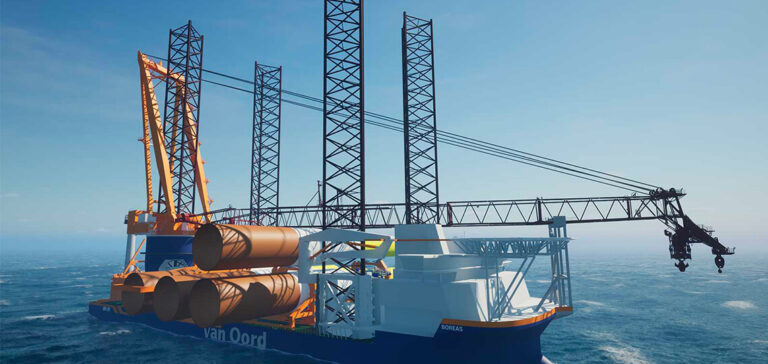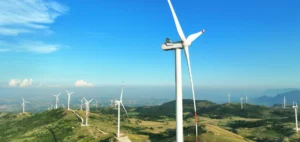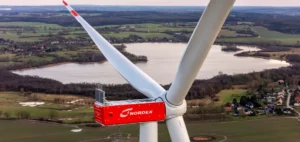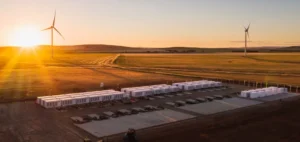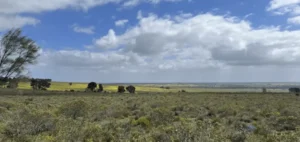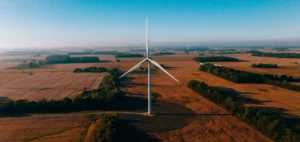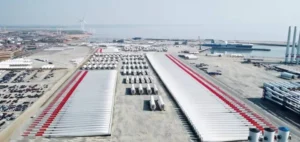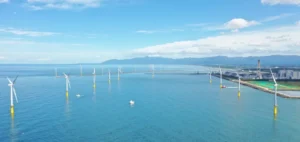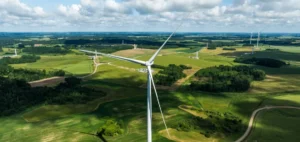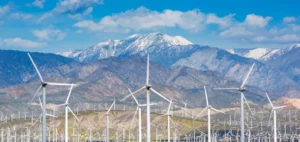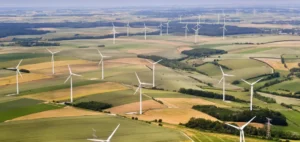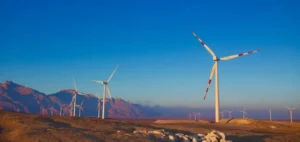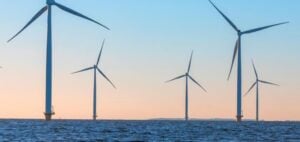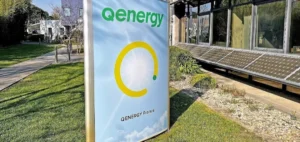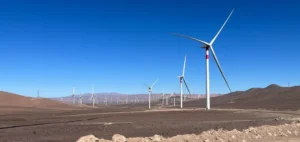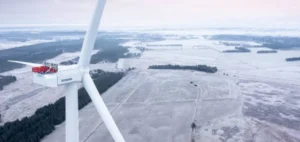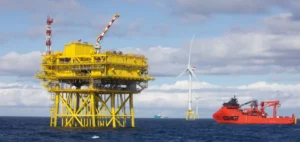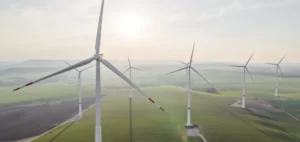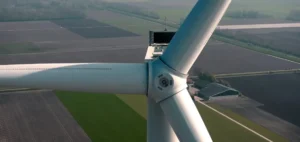RWE, a major global player in renewable energies, recently took an important step towards consolidating its position in the German offshore wind market. The company acquired the remaining 49% stake in Nordseecluster, a group of offshore wind farms with a capacity of 1.6 gigawatts (GW) located in the German North Sea. The cluster, located north of the island of Juist, was co-developed with Canadian company Northland Power, which sold its stake to RWE for around 35 million euros.
RWE consolidates its global position in offshore wind energy with Nordseecluster
With this acquisition, RWE aims to strengthen its leadership in offshore wind power and contribute to decarbonization efforts in Germany. The Nordseecluster will become Germany’s first gigawatt offshore wind cluster, generating around six terawatt-hours of green electricity per year once operational in 2027 and 2029. This significant capacity will play a key role in reducing carbon emissions and promoting sustainable energy production in the country.
Sven Utermöhlen, CEO of RWE Offshore Wind, expressed his enthusiasm at becoming the sole owner of Nordseecluster, underlining the company’s ambition to strengthen its global position in offshore wind. The acquisition provides RWE with significant scale and scope, enabling it to take advantage of synergies and achieve substantial economies of scale in the development, construction and operation of the cluster.
Nordseecluster will be built in two phases: Nordseecluster A and B. Nordseecluster A comprises two wind farms, N-3.8 and N-3.7, with a combined capacity of 660 megawatts (MW). Currently in the permit application phase, offshore work for Nordseecluster A is scheduled to start in 2025, with commercial commissioning planned for early 2027.
Nordseecluster B, the second phase, will include two additional wind farms, N-3.6 and N-3.5, adding a further 900 MW of capacity from 2029. RWE plans to participate in the next German offshore wind auction this year, exercising its intervention rights and bidding for the two Nordseecluster B sites.
Efficient collaboration: Nordseecluster and Nordsee One, an alliance for optimal energy production
RWE has already selected preferred suppliers for the main components of the four sites, with Vestas, a renowned wind turbine manufacturer, delivering 104 offshore wind turbines with a capacity of 15 MW each. This strategic decision guarantees the use of high-quality equipment and maximizes the efficiency and performance of Nordseecluster.
In addition, RWE’s extensive in-house skills will enable it to provide tailor-made green solutions, supporting the decarbonization process of its industrial and municipal customers. This holistic approach demonstrates RWE’s commitment not only to producing clean electricity, but also to meeting the unique sustainability needs of different sectors.
It should be noted that Nordseecluster will be located close to the existing 332 MW Nordsee One wind farm, jointly operated by RWE and Northland Power. This geographical advantage will facilitate efficient collaboration between the two wind farms, optimizing operations and improving overall energy production.
RWE’s acquisition of Northland Power’s stake in Nordseecluster marks an important step in the company’s continued leadership in renewable energies. By leveraging synergies, achieving economies of scale and offering tailor-made green solutions, RWE will make a substantial contribution to the German offshore wind industry, accelerating the transition to a sustainable, low-carbon future.


